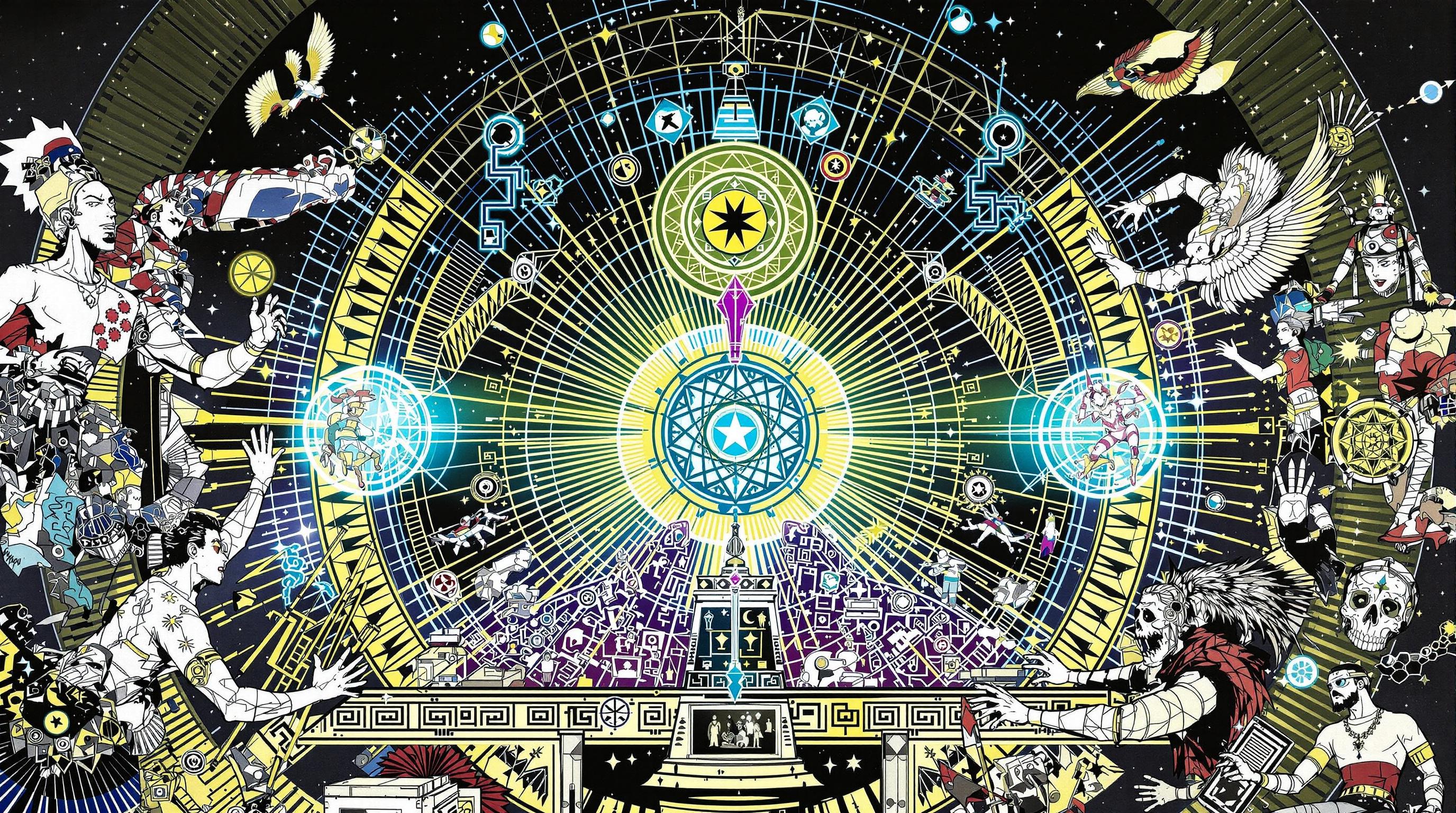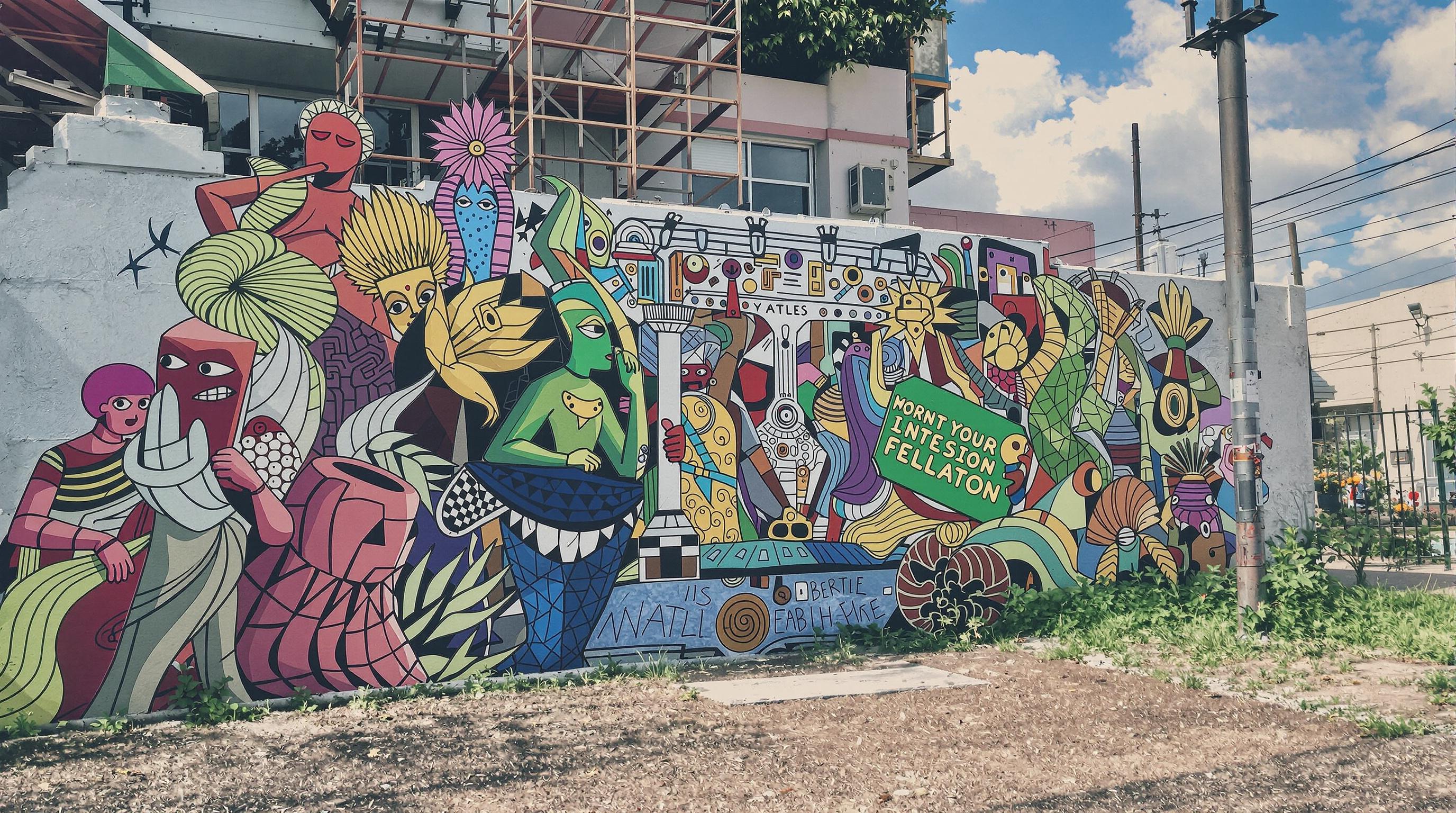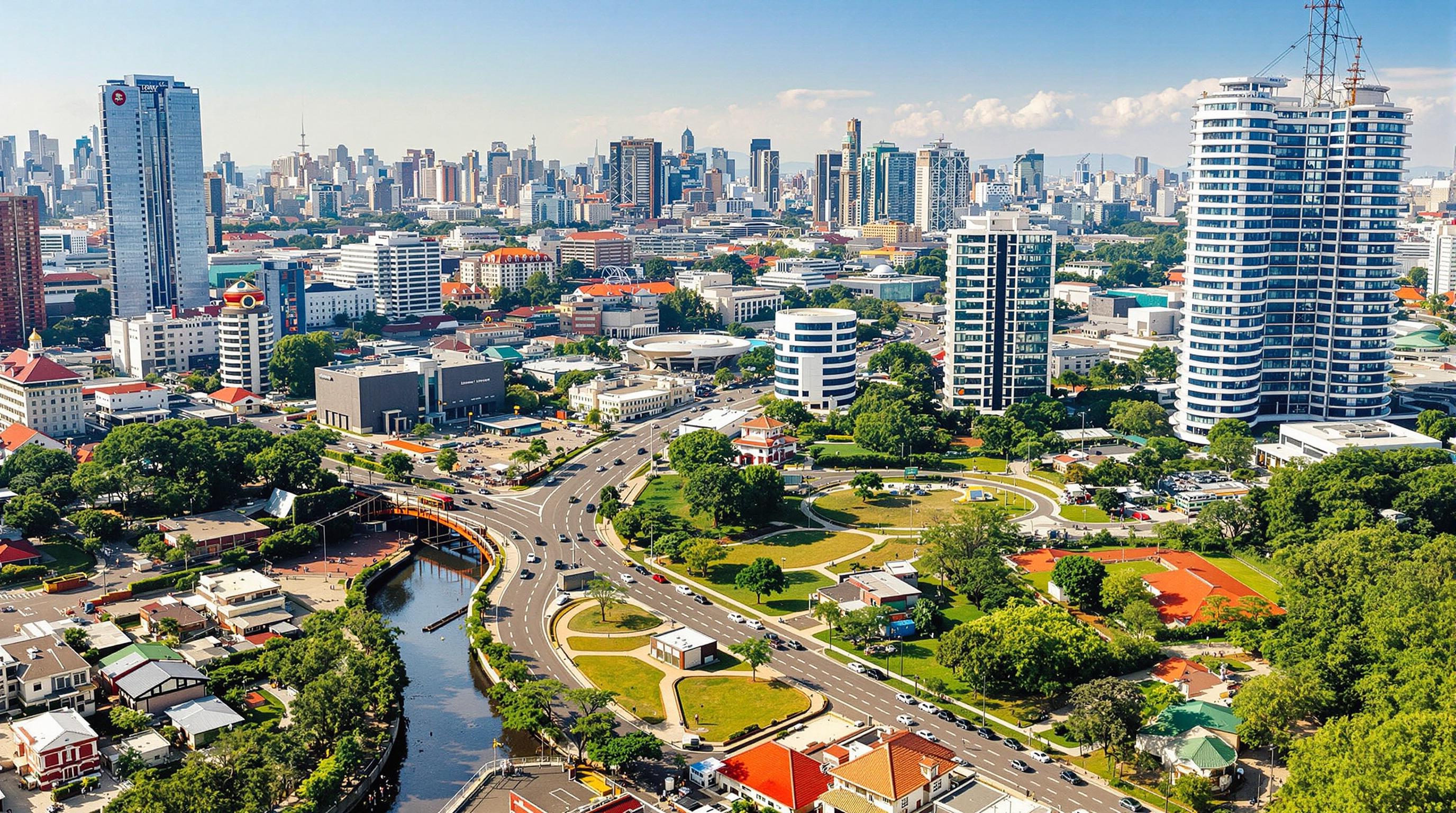Related Articles
- Harnessing Nostalgia: How Memory Mapping Can Inspire Innovative Urban Infrastructure Solutions
- Revealing the Invisible: How Urban Legends Influence Public Perception of Infrastructure Projects
- Whimsical Structures: How Playgrounds Can Inspire Innovative Approaches to Urban Infrastructure Development
- The Enigmatic Impact of Dark Fiber Networks on the Future of Digital Ecosystems and Their Capacity to Scale
- Beyond the Horizon: Exploring the Impact of Cultural Nuances on Global Digital Infrastructure Expansion
- Whispers of the Future: How AI-Driven Edge Computing Redefines Network Resilience and Flexibility
8 Quirky Tips: Using Urban Legends to Optimize Infrastructure Management and Boost Community Engagement
8 Quirky Tips: Using Urban Legends to Optimize Infrastructure Management and Boost Community Engagement
8 Quirky Tips: Using Urban Legends to Optimize Infrastructure Management and Boost Community Engagement
1. Embrace the Mystery of Local Lore
Urban legends often contain a certain allure that captivates local communities. By leveraging these tales, city planners can tap into the existing narrative of a neighborhood, breathing new life into infrastructure projects. For instance, a public park can incorporate themes from a legendary tale unique to that area, such as an iconic creature or historical figure, inviting curiosity and participation from residents.
This use of storytelling creates a personal connection between the infrastructure and the community. It transforms mere structures into parts of a larger narrative that resonates with the inhabitants. To weave this approach seamlessly, it’s essential to conduct community engagement sessions that explore local myths, ensuring that all voices are heard.
Ultimately, embracing the mystery and intrigue of local lore can foster deeper connection and pride in community spaces. The resulting infrastructure becomes a living testament to the community’s heritage, bridging the gap between past and present.
2. Create “Legendary” Infrastructure Events
By hosting infrastructure events that align with local urban legends, town officials can generate excitement and participation. For example, a legendary kite-flying festival can be organized around a tale of high-flying kites leading to good fortune. This not only emphasizes the community’s history but also encourages engagement among residents.
Furthermore, such events promote awareness of ongoing infrastructure projects or improvements. When people come together for festivities that intertwine their cultural narratives, it fosters a sense of ownership and pride for the place they inhabit, ultimately leading to improved community morale.
Regularly scheduled legendary events can also attract more visitors to an area. By strategically aligning these occasions with infrastructure goals, towns can simultaneously promote their history while gaining support for modernization efforts.
3. Utilize Social Media to Share Local Legends
In the digital age, social media is a potent tool for storytelling. Municipalities can leverage platforms like Facebook or Instagram to share excerpts about local urban legends, connecting them to current infrastructure projects. Engaging content encourages residents to contribute their interpretations and stories, thus reinforcing community ties.
Sharing visual content via local legends can generate buzz and discussions online. For instance, showcasing art inspired by local legends can encourage local artists to contribute and make the community more visually engaging. This collective creativity can lead to increased involvement in infrastructure projects’ planning and execution.
The enhancement of social media communication helps in spreading awareness and offers a modern twist on age-old tales. By making legends relevant to contemporary infrastructure, municipalities can help maintain the charm of history while securing a voice in modern discussions.
4. Design Infrastructure with Legend-Inspired Artwork
Art can enrich urban landscapes significantly and can be effectively inspired by local urban legends. Murals, sculptures, or installations defined by these stories can make infrastructure not only usable but also rich in cultural significance. This artistic layer can illustrate the tales of the community and attract more visitors.
Involving local artists in these projects fosters community engagement and delivers a platform for talent appreciation. As artists collaborate with city planners, they can bring unique insights on merging aesthetics with the functional aspects of public spaces.
Artistic infrastructure can also become landmarks that serve as conversation starters among residents. When designed thoughtfully, these projects inspire community pride and encourage residents to take care of their surroundings, creating social ownership of the space.
5. Interactive Storytelling Installations
Interactive installations that detail urban legends and their significance can change how residents interact with their environment. These installations can include QR codes leading to online narratives or soundscapes related to the history behind various locations. This adds an engaging layer to infrastructure that piques curiosity.
Such installations cultivate atmosphere and participation, as residents are not just observers but active participants in their own local history. These experiences can foster connections among neighbors as they share their discoveries and dive into interpretative discussions about local legends.
Involving local schools in these projects, where students can help design and create installations, can further encourage community investment—building future stewards of local culture and infrastructure.
6. Gamify Community Engagement
Utilizing elements of gamification can reignite interest in infrastructure projects tied to urban legends. For instance, local government could introduce a scavenger hunt where residents search for landmarks or elements inspired by local tales. The spontaneity this brings can excite participation and learning about their community.
By turning infrastructure into a playful experience, municipalities can enhance community bonds. Families or groups that partake in these activities often discuss their findings, thereby enhancing their collective knowledge regarding urban legends.
Moreover, showcasing features discovered during these hunts allows communities to appreciate often overlooked elements of their infrastructure. This newfound appreciation builds a culture of stewardship where residents actively participate in the preservation and improvement of their environment.
7. Collaborate with Local Historians
Engaging local historians can provide richer context for urban legends and how they can tie into infrastructure. Historians bring valuable insights that can guide projects to respect and enhance the cultural stories of a community. Collaborating with these experts ensures the authenticity and relevancy of any narrative being represented.
By developing infrastructure projects that maintain historical accuracy, towns can preserve their cultural heritage. Moreover, residents can become more vested in projects that reflect their story, encouraging ongoing dialogue with historical importance embedded in urban management.
Such collaborations can lead to more inclusive histories, particularly those that represent marginalized voices. Ultimately, this creates an enriched community narrative and drives further engagement in infrastructure projects.
8. Foster a Culture of Myth-Worthy Community Leadership
To optimize infrastructure management, it is essential to have community leaders who embrace the whimsicality of legends. Active leaders can encourage imaginative discourse around community legends, fostering dialogue about building a better future while remaining grounded in tradition.
To nurture this culture, training workshops or community forums can stimulate discussions on the town’s narratives. When leaders discuss legends, they underline the importance of history, thereby helping communities feel more invested in infrastructure endeavors.
A community with passionate leaders who recognize the impact of local lore is more likely to mobilize residents for projects. This commitment becomes a powerful tool for enhancing infrastructure while boosting community cohesion, encouraging a united effort toward beneficial change.




